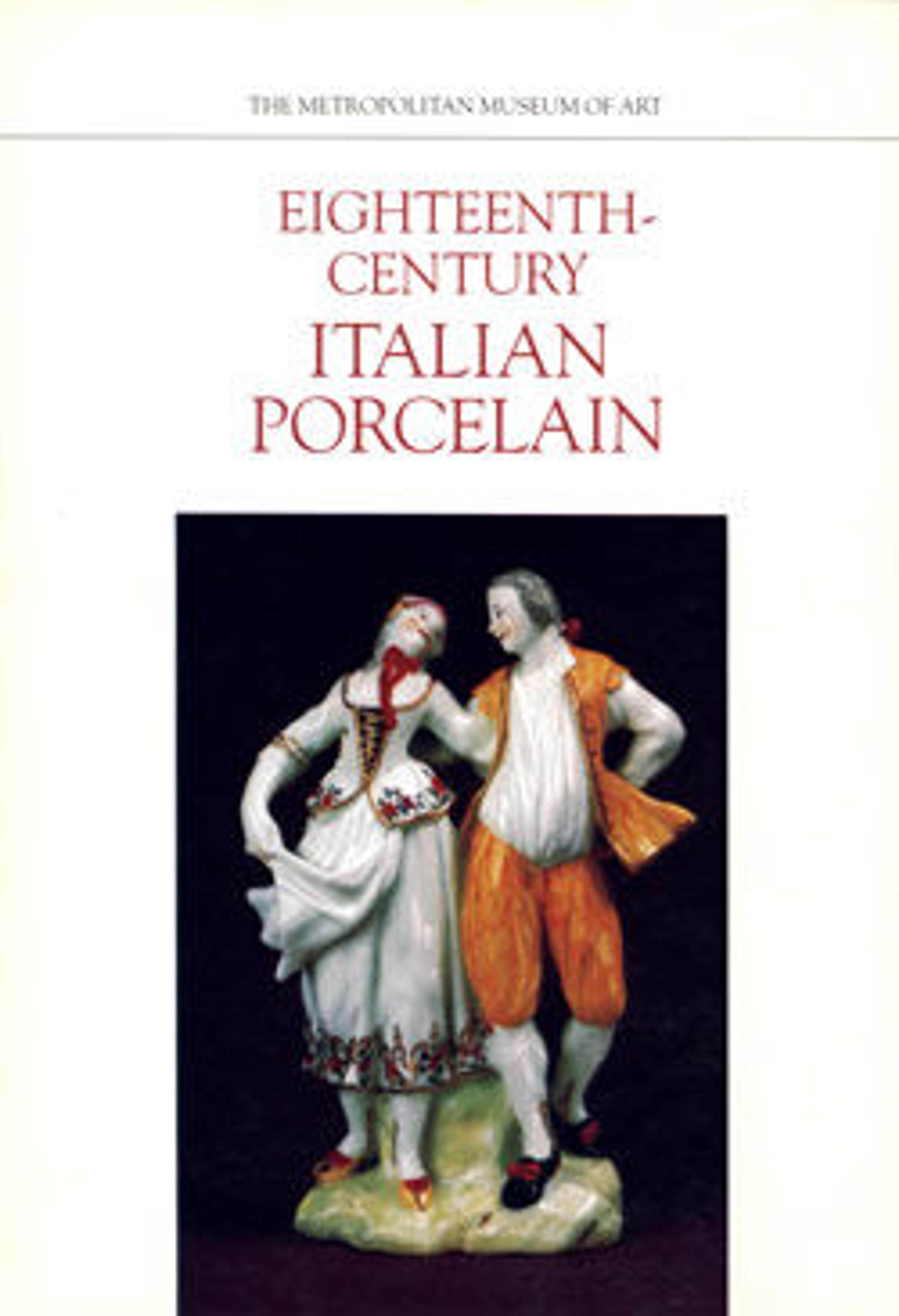Eagle owl
This figure of an eagle owl belongs to a large group of porcelain mammals and birds ordered for one of the Saxon royal palaces in Dresden, Germany. Known as the Japanese Palace, the building was intended to house the vast porcelain collection of Augustus II (1670–1733), the elector of Saxony and King of Poland. Augustus was a voracious collector of both Chinese and Japanese porcelains in the early eighteenth century, and his interest in Asian ceramics led to his establishment of the Meissen factory near Dresden in 1710. The early production at Meissen was strongly influenced by Augustus’s Chinese and Japanese porcelains, and the designs for the interiors of the Japanese Palace incorporated both Asian and Meissen examples.
In 1730, Augustus initiated a commission for large-scale animals that would be displayed in the Japanese Palace. The original order called for almost six hundred creatures in sizes approximating, when possible, the subjects’ true dimensions. Given the scope of the commission, the scale of the sculptures, and the complexity of the required modeling, this undertaking had no precedent in the medium of porcelain in either Asia or Europe. The figures were originally to be painted in naturalistic colors to enhance the sense of realism, but it was soon discovered that the additional firing required for the enamel colors subjected the largest sculptures to excessive risk of cracking or other technical problems. Among the many mid-sized sculptures that were decorated with enamels is this eagle owl clutching a dead dove. The modeler Eberlein has imbued the sculpture with animation and a sense of presence not only through the angle of the owl’s head and its expressive gaze, but also by depicting a specific moment in time, in this case just after it has caught its prey. This example was one of five eagle owls recorded in the Japanese Palace in 1736, but is the only one to have survived intact to the present day.
In 1730, Augustus initiated a commission for large-scale animals that would be displayed in the Japanese Palace. The original order called for almost six hundred creatures in sizes approximating, when possible, the subjects’ true dimensions. Given the scope of the commission, the scale of the sculptures, and the complexity of the required modeling, this undertaking had no precedent in the medium of porcelain in either Asia or Europe. The figures were originally to be painted in naturalistic colors to enhance the sense of realism, but it was soon discovered that the additional firing required for the enamel colors subjected the largest sculptures to excessive risk of cracking or other technical problems. Among the many mid-sized sculptures that were decorated with enamels is this eagle owl clutching a dead dove. The modeler Eberlein has imbued the sculpture with animation and a sense of presence not only through the angle of the owl’s head and its expressive gaze, but also by depicting a specific moment in time, in this case just after it has caught its prey. This example was one of five eagle owls recorded in the Japanese Palace in 1736, but is the only one to have survived intact to the present day.
Artwork Details
- Title: Eagle owl
- Manufactory: Meissen Manufactory (German, 1710–present)
- Modeler: Johann Friedrich Eberlein (German, 1695–1749)
- Date: ca. 1735
- Culture: German, Meissen
- Medium: Hard-paste porcelain
- Dimensions: Overall (confirmed): 20 1/2 x 11 9/16 x 9 3/8 in., 27.5lb. (52.1 x 29.4 x 23.8 cm, 12.4739kg)
- Classification: Ceramics-Porcelain
- Credit Line: Bequest of R. Thornton Wilson, in memory of his wife, Florence Ellsworth Wilson, 1977
- Object Number: 1977.216.9
- Curatorial Department: European Sculpture and Decorative Arts
More Artwork
Research Resources
The Met provides unparalleled resources for research and welcomes an international community of students and scholars. The Met's Open Access API is where creators and researchers can connect to the The Met collection. Open Access data and public domain images are available for unrestricted commercial and noncommercial use without permission or fee.
To request images under copyright and other restrictions, please use this Image Request form.
Feedback
We continue to research and examine historical and cultural context for objects in The Met collection. If you have comments or questions about this object record, please contact us using the form below. The Museum looks forward to receiving your comments.
